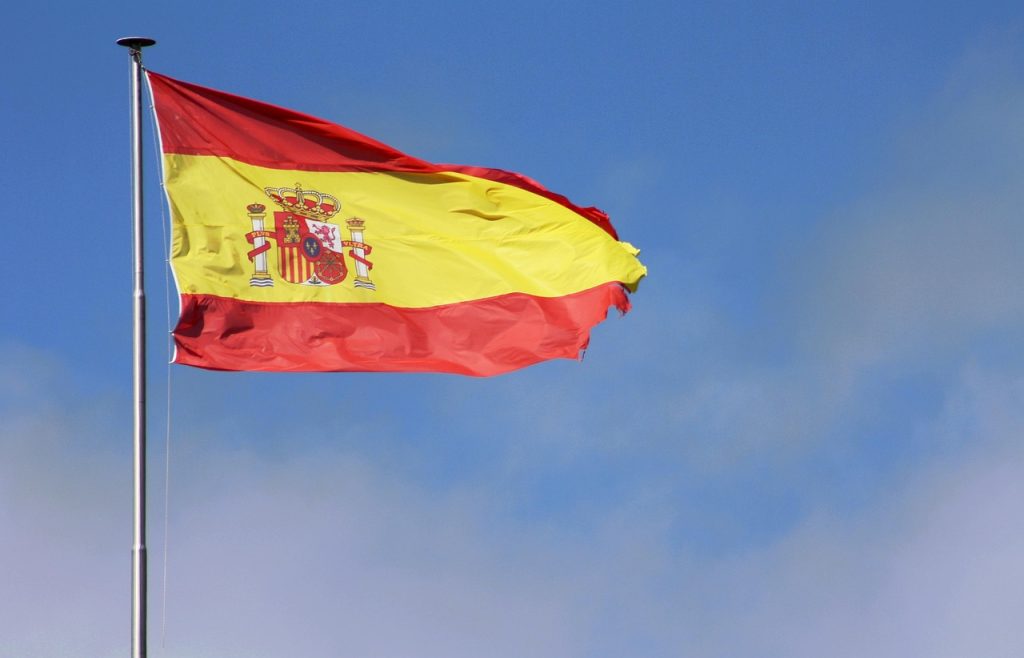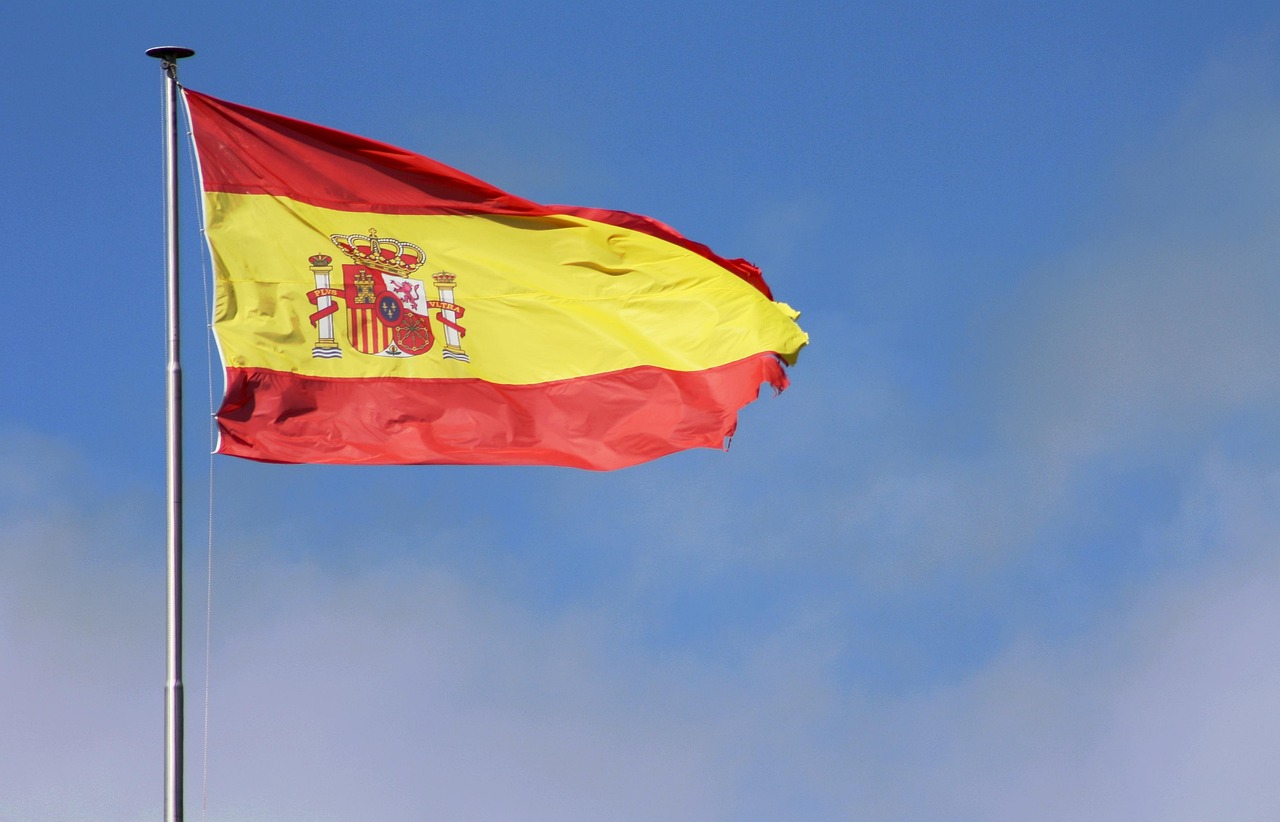In a groundbreaking move, Spain has announced that it will impose hefty fines on creators who fail to label AI content starting in 2025. This decision highlights the growing need for transparency in the digital age, where AI tools are increasingly used to create realistic images, videos, and text. As AI-generated content becomes more sophisticated, the risk of misinformation and manipulation grows. Spain’s initiative sets a strong example for other countries to follow, and the use of AI-image detection tools could play a crucial role in ensuring authenticity.

The Rise of AI-Generated Content
Artificial intelligence has revolutionized content creation, enabling users to generate hyper-realistic images and videos with minimal effort. While this technology offers immense creative potential, it also poses significant challenges. Deepfakes, fake news, and manipulated media can spread rapidly, eroding trust in digital content. Spain’s decision to enforce labelling for AI-generated content is a proactive step toward addressing these issues.
Why Labelling AI Content Matters
Labelling AI-generated content is not just about compliance; it’s about building trust. When users know whether an image or video was created by AI, they can make informed decisions about its credibility. This is especially important in fields like journalism, advertising, and social media, where authenticity is paramount. By mandating clear labels, Spain is taking a stand against the misuse of AI and setting a precedent for other nations.
The Role of AI-Image Detection Tools
To enforce such regulations effectively, countries may need to adopt AI-image detection tools (such as WasItAI). These tools can analyze digital content to determine whether it was generated by AI, helping regulators and platforms verify authenticity. For instance, AI detection algorithms can identify subtle patterns or anomalies that are often invisible to the human eye. By integrating these tools, governments and organizations can ensure compliance and maintain public trust.
A Call for Global Action
Spain’s move is a step in the right direction, but it shouldn’t stand alone. More countries should adopt similar measures to create a unified approach to AI transparency. As AI technology continues to evolve, the need for robust regulations and detection mechanisms will only grow. By working together, nations can combat misinformation and protect the integrity of digital content.
Conclusion
Spain’s decision to impose fines for unlabelled AI-generated content is a bold and necessary step toward transparency. As AI becomes more pervasive, other countries should follow suit, leveraging AI-image detection tools to ensure authenticity and build trust. In a world where seeing is no longer believing, clear labelling and advanced detection technologies are essential to safeguarding the truth.
By adopting similar measures, we can create a digital landscape that prioritizes authenticity and accountability. Let’s hope Spain’s example inspires global action.

